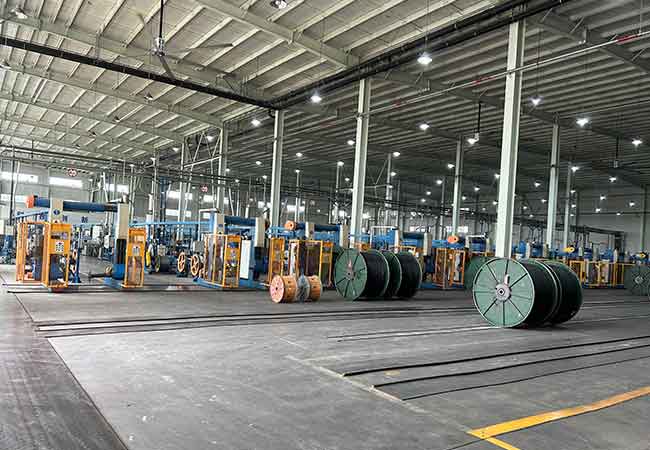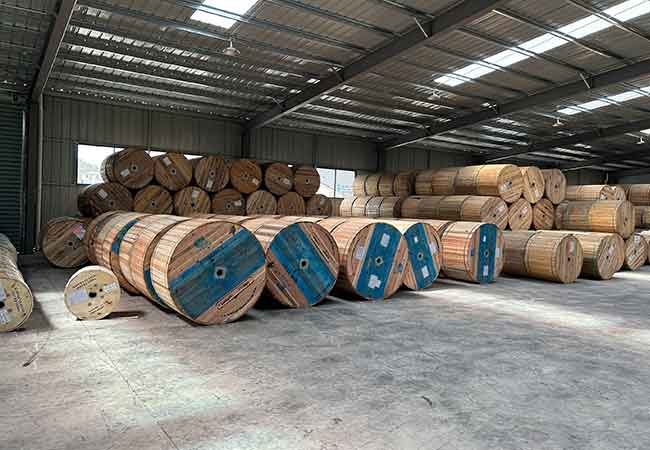Fiber optic installations have come a long way in the last 50 years. The need to adapt to constantly-changing communication environments has created new ways in which fiber-based connections and loose tube cables are designed and manufactured depending on the needs of a specific outdoor installation.

Cables for outdoor environments
Armored & Non-armored, Flat Drop, All-Dielectric, or ADSS are some of the loose tube fiber optic cable options available for outdoor environments. Customization is present when defining a high or low number of optical fibers, as well as the material for their loose tubes and outer jackets; but they all share their same core features: they need to hold fibers efficiently while also being environmentally resistant to outdoor conditions.
Flat Drop Cable
ADSS Fiber Cable
A fiber optic cable that can be manageable and resistant to the condition in which it will be installed and later managed is vital to ensure a successful installation as well as future fiber access.
GL FIBER® offers standard and slim cable designs among its catalog of fiber optic cables to suit most types of outdoor installations, changing their diameter and weight, and with it, their overall maneuverability.
With this in mind, which of these options can better suit your FTTX network?
Different cables, for different applications
Loose tubes fiber optic cables come in a lot of different shapes, sizes, and are built on different types of materials to accommodate the needs and space in which they are deployed to transmit data effectively.
Cable’s construction depends on demanding environmental conditions. Varying from state to state and from country to country, geographical zones, different weather conditions, soil, or climate changes.
This is also true for the specific type of installation and infrastructure in which the cables lay on: aerial installed in telephone poles, high-tension electrical towers, through ducts, or directly buried underground; cables need to accommodate these conditions to be easily accessible.


